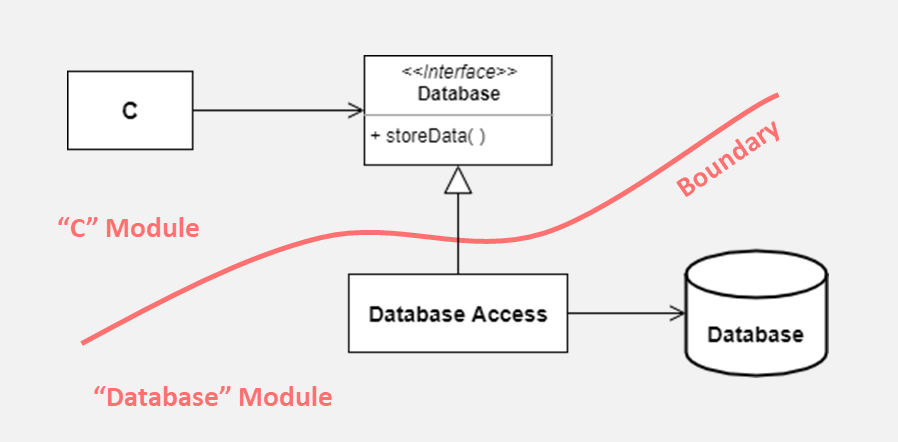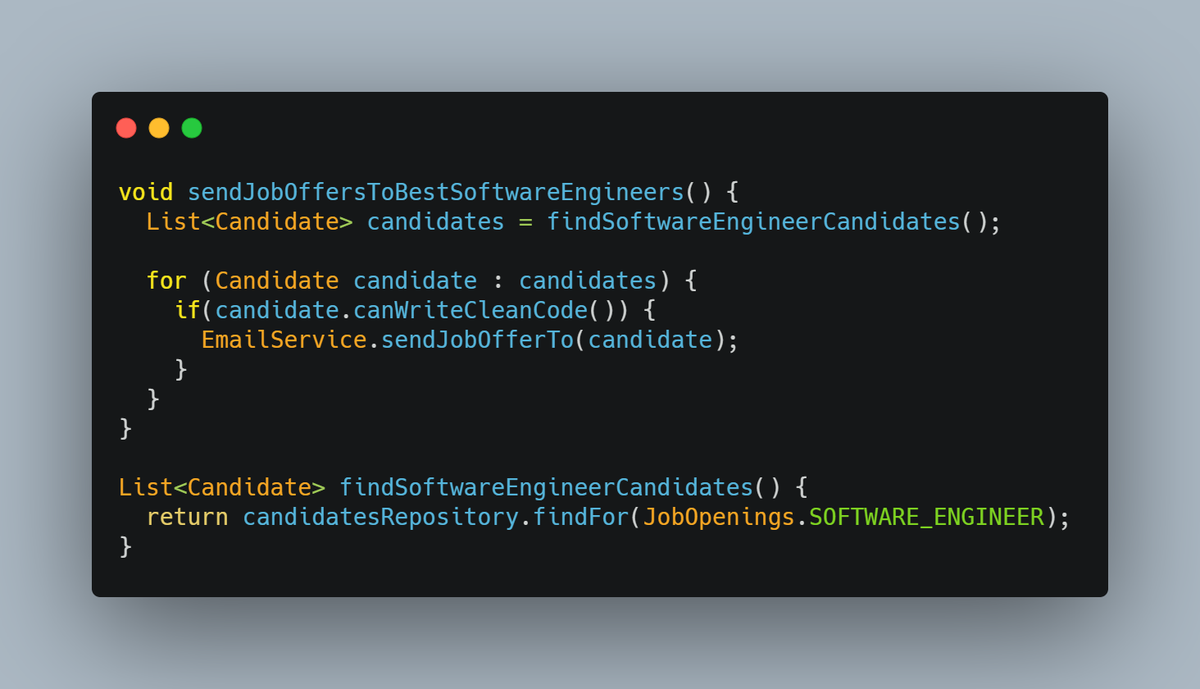
I help you become better software engineer. Clean code, TDD, testing, design, algorithms & DS. Software craftsman @lifullconnect. Lecturer @UniversidadVIU. PhD.
How to get URL link on X (Twitter) App

https://twitter.com/macerub/status/1290595602192048129?s=20




https://twitter.com/macerub/status/1293482807768092672📔 Ω-notation is used to establish lower bounds.
https://twitter.com/macerub/status/1291681927976701953I understand that we, as developers, are often in a very hard position: tight deadlines are imposed on us, and there are always important business reasons for this, so it is unavoidable.


